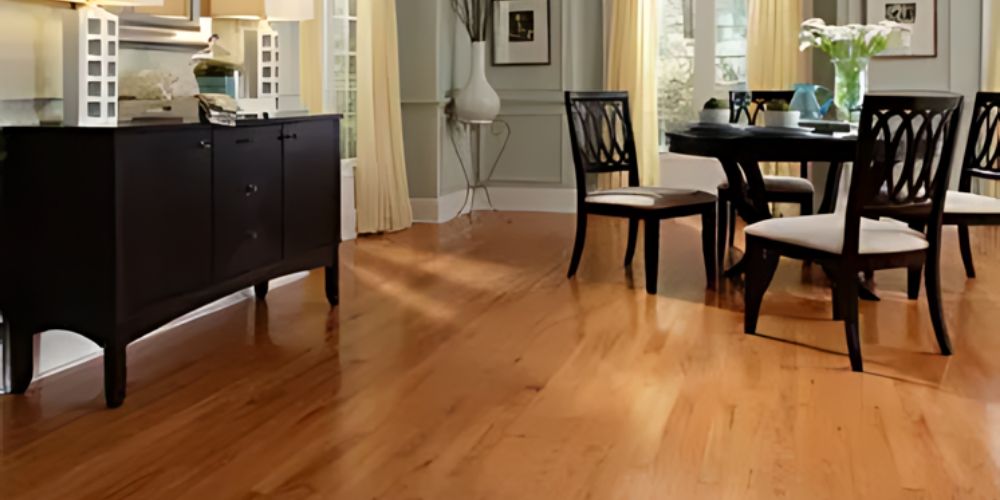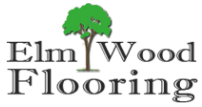Are you considering engineered elm wood flooring for your home or project? Engineered wood floors offer the timeless beauty of natural wood with added durability and versatility. Various options are available to suit your aesthetic preferences, practical needs, and budget. In this blog, we will explore the factors to consider when selecting the elm flooring for your space and the available engineered elm wood flooring options.
Choosing the Right Engineered Elm Flooring
Choosing the right engineered elm flooring requires careful consideration of various factors to make sure that it aligns with your needs and enhances the aesthetic of your space. Here are some key aspects to keep in mind:
Style and Aesthetic: Engineered elm wood flooring offers a wide range of styles and finishes, spanning from rustic to contemporary designs. When selecting your flooring option, it’s crucial to consider the overall aesthetic of your space. Choose a flooring style that complements and enhances the desired design and ambiance you wish to achieve. With its natural warmth and distinctive grain patterns, elm wood can infuse character and charm into any room.
Durability and Stability: One of the critical advantages of engineered wood flooring is its stability and resistance to moisture and temperature fluctuations. When selecting Elm Wood Laminate Flooring, choose options with high-quality plywood or HDF core and a thick wear layer to ensure durability and longevity. Additionally, look for products with a reliable warranty that guarantees their performance over time.
Installation Method: Engineered elm flooring is available in various installation methods, including click-lock, glue-down, and floating. When choosing the right installation method, consider your space’s installation requirements, subfloor conditions, and personal preferences. Click-lock systems are popular for DIY installations, while glue-down methods offer a more permanent and secure bond.

Finish and Surface Treatment: Engineered elm wood flooring can be finished with various surface treatments to enhance its appearance and durability. Choose from options like matte, semi-gloss, or high-gloss finishes, depending on your desired look and maintenance preferences. Additionally, consider surface treatments like wire brushing or distressing to add texture and character to the wood.
Options for Engineered Elm Wood Floors
Now that we’ve covered the essential considerations let’s explore the available options for engineered elm wood flooring:
Elm Wood Species: Engineered elm wood flooring is available in different elm species, each with its unique grain patterns and color variations. Common elm species used for flooring include American Elm, European Elm, and Siberian Elm. American Elm typically features lighter hues with prominent grain patterns, while European Elm tends to have an in-depth, richer color palette.
Plank Width and Length: Engineered elm flooring comes in various plank widths and lengths to suit different design preferences and room sizes. Narrower planks create a traditional and classic look, while wider planks can make a space feel more contemporary and expansive. Additionally, longer planks can visually elongate a room and minimize seams for a seamless appearance.
Thickness and Wear Layer: People who want to buy ElmWood should know that Engineered Elm flooring is available in different thicknesses, typically 3/8 inch to 3/4 inch. Thicker planks offer increased stability and durability, especially in high-traffic areas. Additionally, consider the thickness of the wear layer, which determines how often the floor can be refinished. Opt for a thicker wear layer for long-term durability and versatility.
Finish Options: Engineered elm wood flooring can be finished with various options to enhance its appearance and performance. Choose from finishes like UV-cured acrylic urethane, oil-based polyurethane, or natural oils for a matte, semi-gloss, or glossy look. Additionally, consider surface treatments like wire brushing, hand-scraping, or distressing to add texture and character to the wood.

DIY Tips For Maintenance of Wood Flooring
Here are some brief DIY tips for caring for your engineered elm wood flooring:
- Regular Cleaning: Sweep or vacuum your floors regularly to remove dirt, dust, and debris that can scratch the surface.
- Gentle Mopping: To clean spills and stains, use a damp mop with a mild wood floor cleaner. Avoid using excessive water, as it can damage the wood.
- Avoid Harsh Chemicals: Avoid abrasive cleaners, ammonia-based products, and wax-based cleaners, as they can damage the finish of your wood flooring.
- Protect from Sunlight: Direct sunlight can cause wood floors to fade over time. Use curtains or blinds to minimize exposure to UV rays.
- Use Furniture Pads: Place felt pads or furniture coasters under heavy furniture to prevent scratches and dents on your wood flooring.
- Wipe Spills Immediately: Clean up spills promptly to prevent them from seeping into the wood and causing stains or warping.
- Trim Pet Nails: Keep your pet’s nails trimmed to prevent scratches on your wood floors.
- Avoid High Heels: To prevent dents and scratches, discourage walking in high heels or shoes with sharp edges on your wood flooring.
- Use Area Rugs: Place area rugs or mats in high-traffic areas and entryways to protect your wood flooring from wear and tear.
In conclusion, engineered elm wood flooring offers a versatile and durable option for homeowners and designers seeking the natural beauty of wood with added stability and performance. Considering factors like style, durability, installation method, and finish options, you can select the perfect engineered elm flooring to enhance your space’s aesthetic appeal and functionality. Explore the available options, and enjoy the timeless elegance of engineered elm wood flooring in your home or project.




